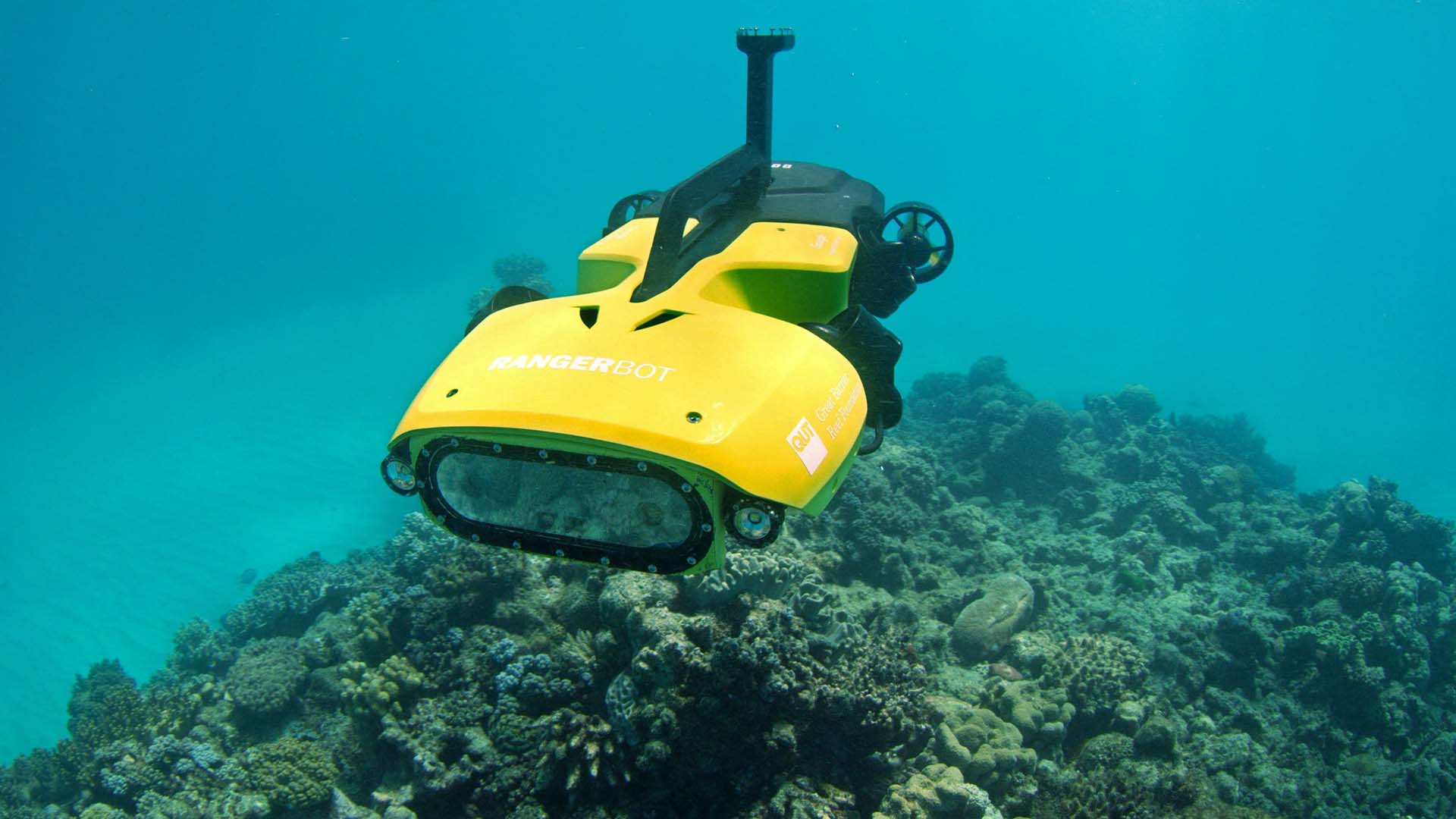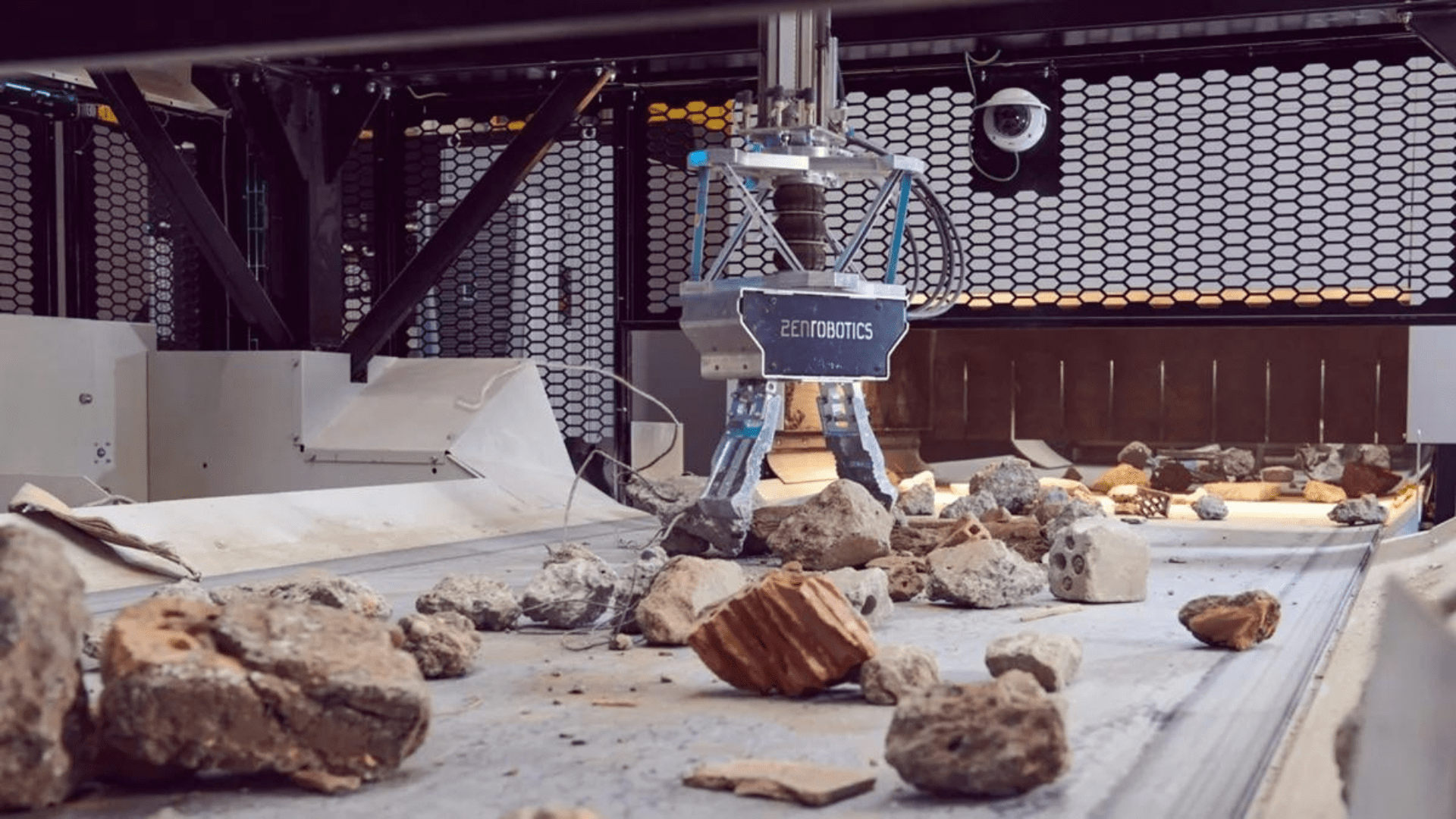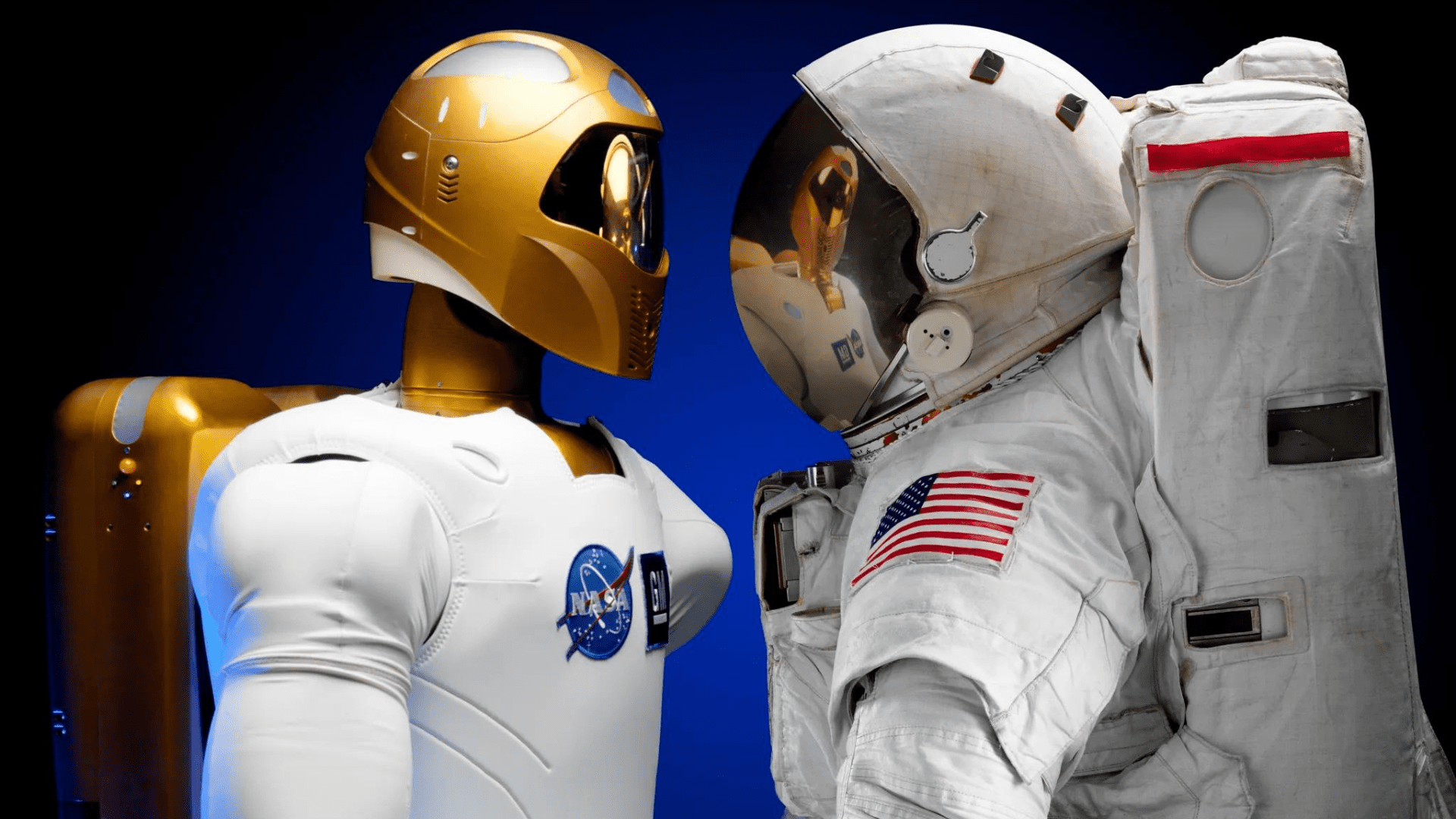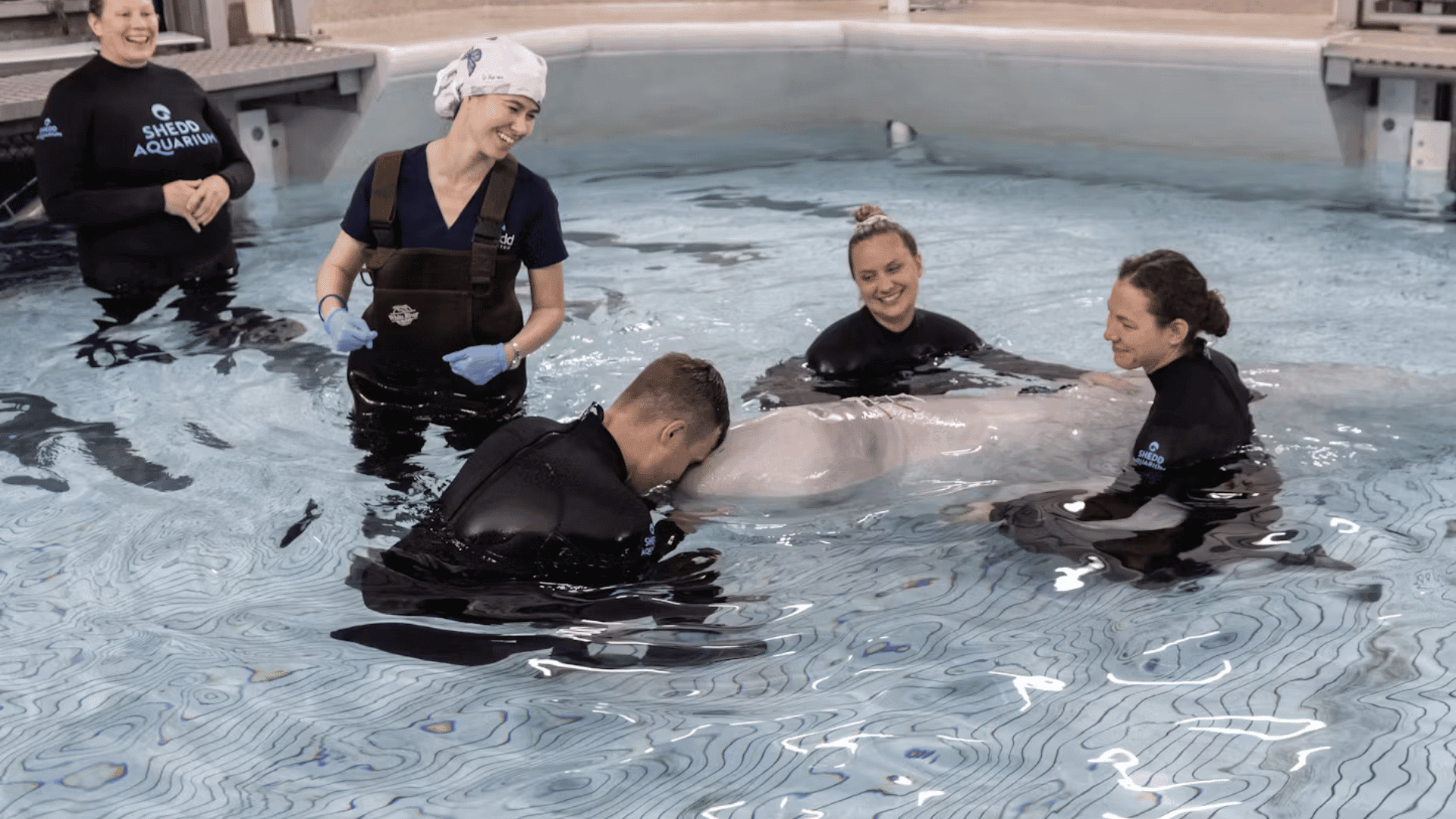The BioRobotics Lab (BioRob) within Switzerland’s École Polytechnique Fédérale de Lausanne (EPFL) is making waves in the robotics community. Led by Auke Ijspeert, the team integrated robotics and biology on the banks of the Nile River in Uganda. While the latest adventure posed several challenges, scientists made improvements from those obstacles.
Integrating Robots in Nature
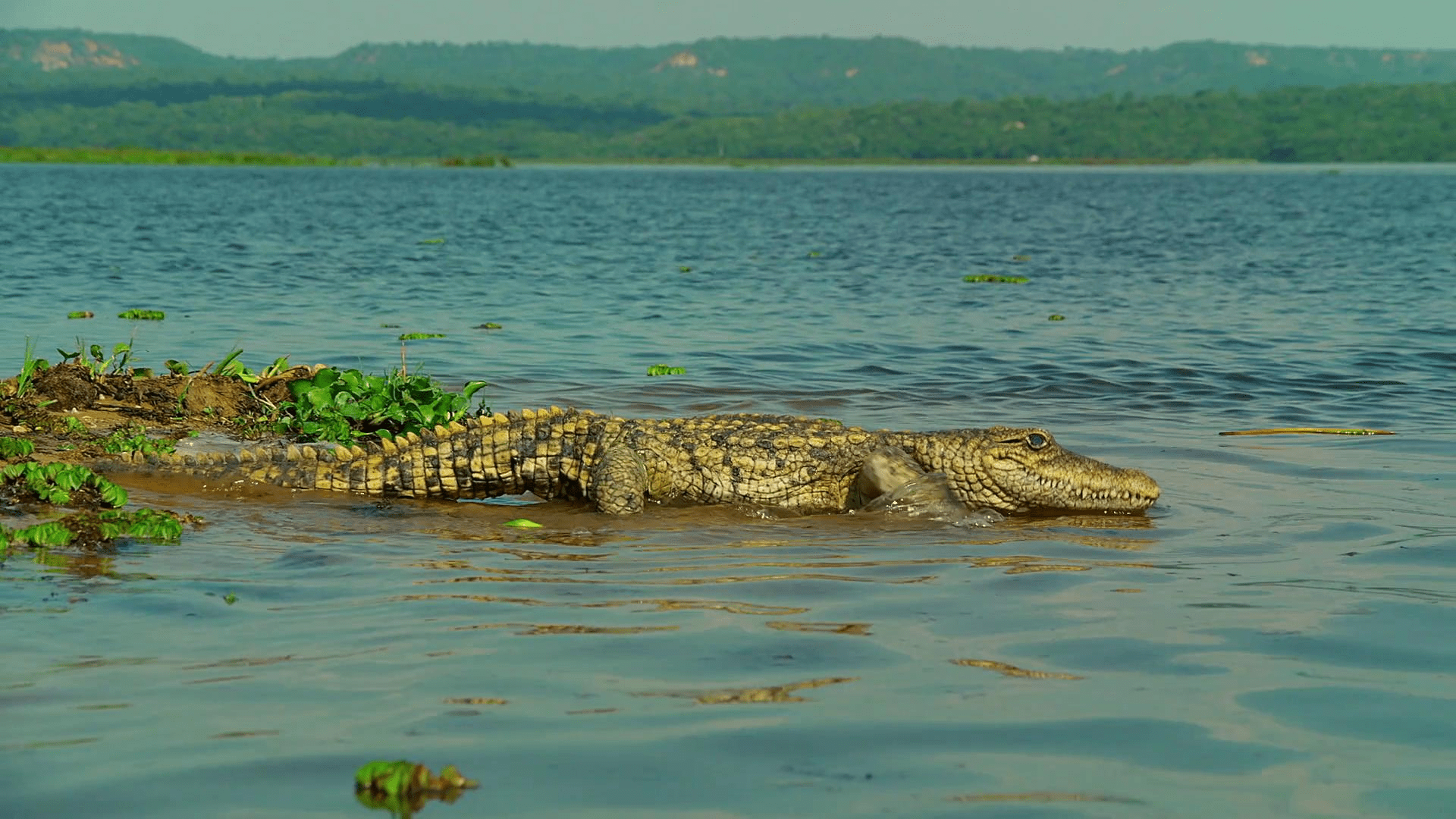
The process started in 2015 when the British Broadcasting Corporation (BBC) approached BioRob with the ambitious task of designing two robots that resemble a crocodile and monitor lizard. Their goal was for the lifelike robots, properly named SpyCroc and SpyLizard, to seamlessly blend into the Ugandan environment. From there, they wanted the robots to study the nesting behavior of these reptiles.
However, the road to success came to a screeching halt because of several obstacles. The team needed to change their weight allocation to accommodate cameras and hyper-realistic skin. Kamilo Melo, a former BioRob postdoctoral researcher who currently leads a bio-robotics company KM-RoBoTa, said, “Part of the design process required anticipating what might happen later and simplifying the design as much as possible to make the robots easier to repair the field where access to specialized parts and equipment is limited.”
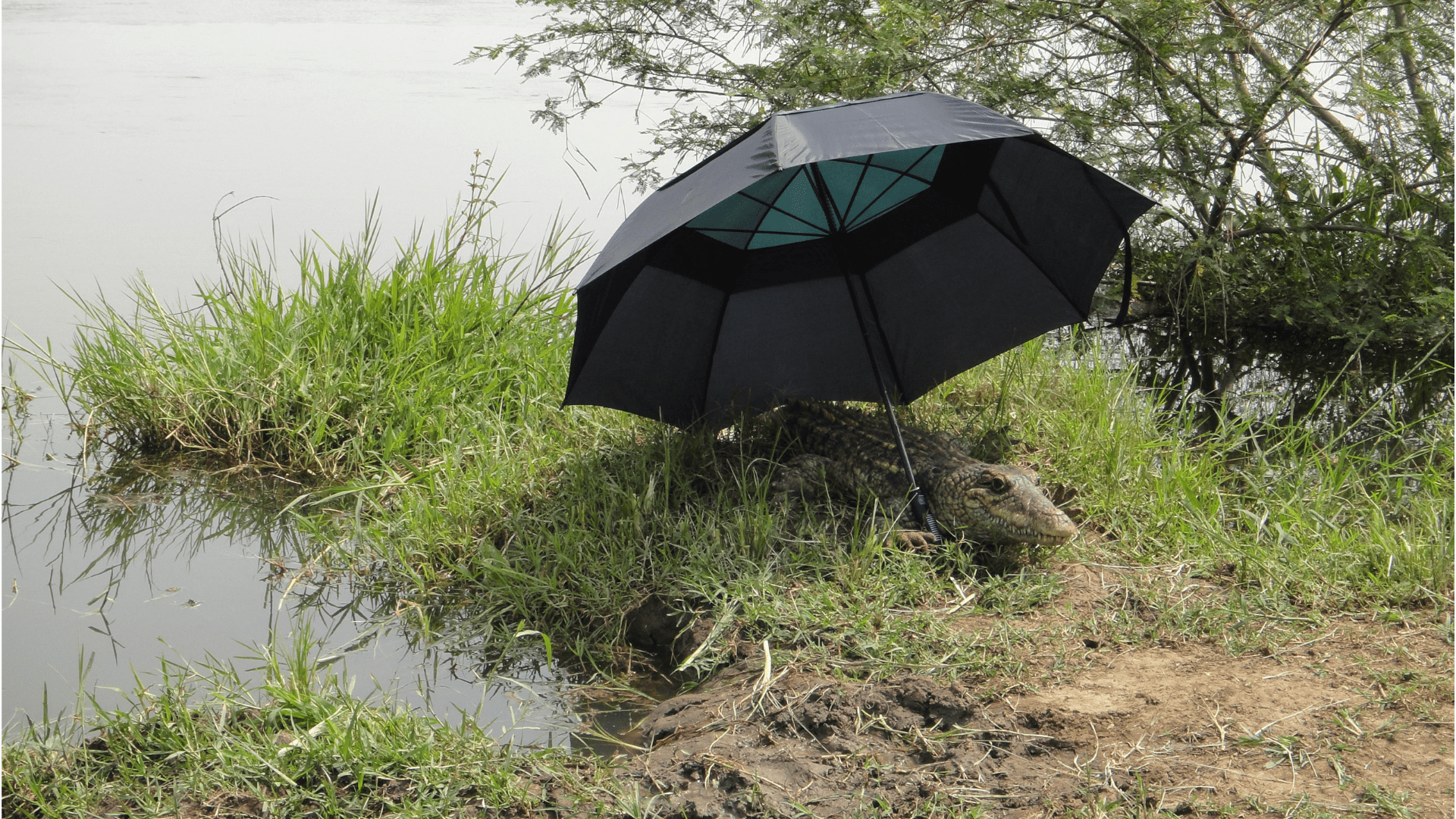
Scorching temperatures in Uganda’s harsh climate only added to the problems and threatened overheating. The rugged terrain in the African country also took a toll on the robotic reptiles causing crucial components to break. Despite the shortcomings, the team turned to ingenious solutions to prevent overheating. For example, only operating the robots in short bursts proved to help. Also, they minimized the number of connecting parts to reduce the vulnerability to dust and moisture.
Explore Tomorrow's World from your inbox
Get the latest science, technology, and sustainability content delivered to your inbox.
I understand that by providing my email address, I agree to receive emails from Tomorrow's World Today. I understand that I may opt out of receiving such communications at any time.
Constructing a Better Robot
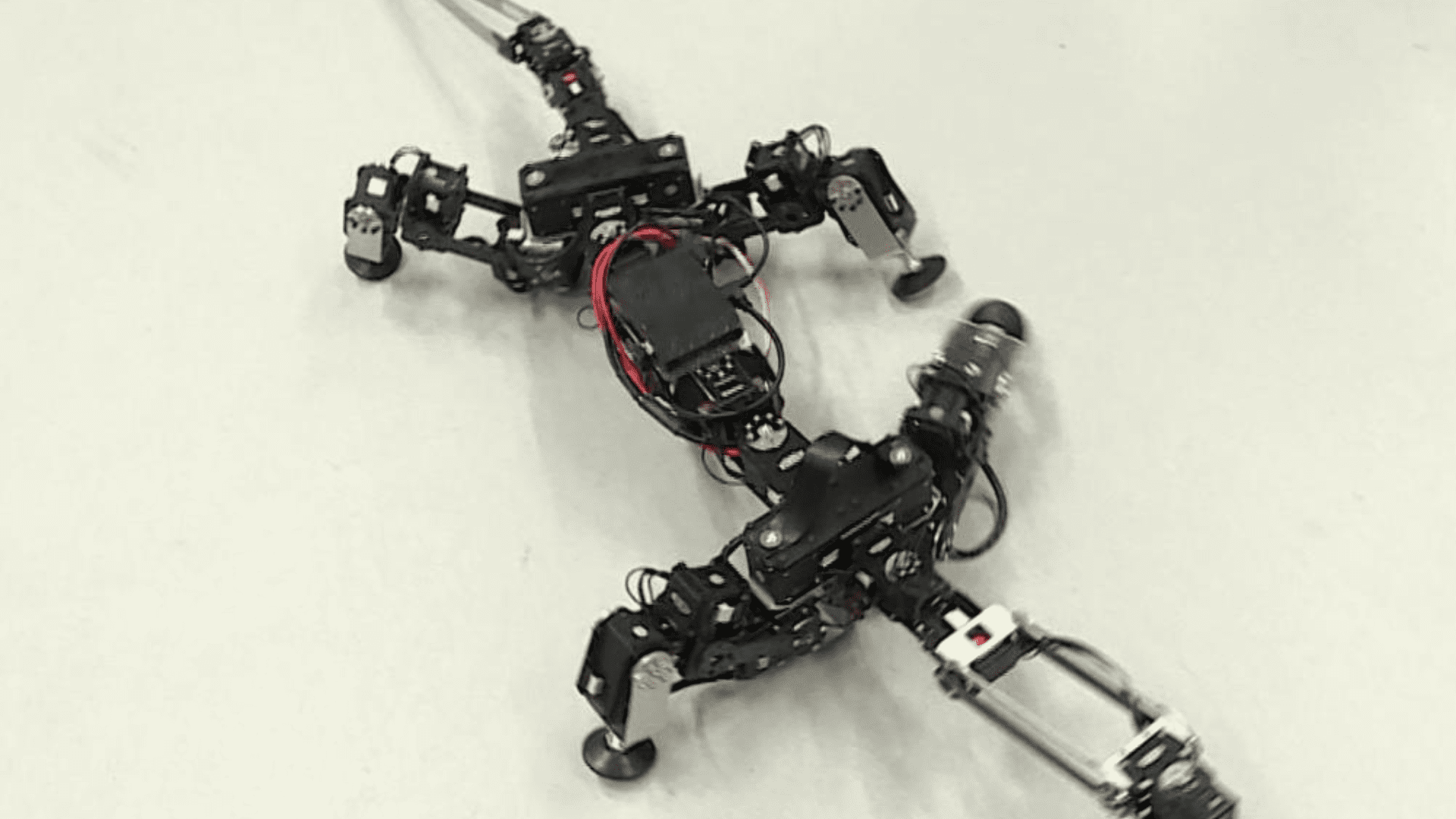
These robotic reptilians were part of the Krock platform. The BioRob team revealed an improved platform called Krock-2. They say it’s more robust, flexible, and waterproof. Initially, the robots were meant for studying the nesting behaviors of the crocodile and lizard species. But, the new platform has greater potential. EPFL said, “The upgraded robot has great potential for disaster response and rescue applications.”
Ijspeert and his team want to develop tactile skin with sensors. According to Ijspeert, the sensors would be capable of detecting interaction forces with the environment.
Melo also wants to use his field experience to explore robotic reliability at KM-RoBoTa. Both Melo and Ijspeert emphasized the future potential of their work. They want to explore robotic paleontology and understand the movement of extinct animals like dinosaurs. They see a future of robots serving as a tool in unraveling nature’s mysteries.
“Everything we have done to improve robotic performance in the field is very exciting because it is useful for search-and-rescue and other applications,” said Ijspeert. “In the BioRob lab, our main contribution is collaborating with researchers from neuroscience, biomechanics, and paleontology to use robots as a physical tool to address scientific questions.”



